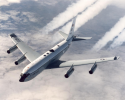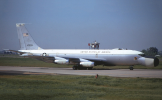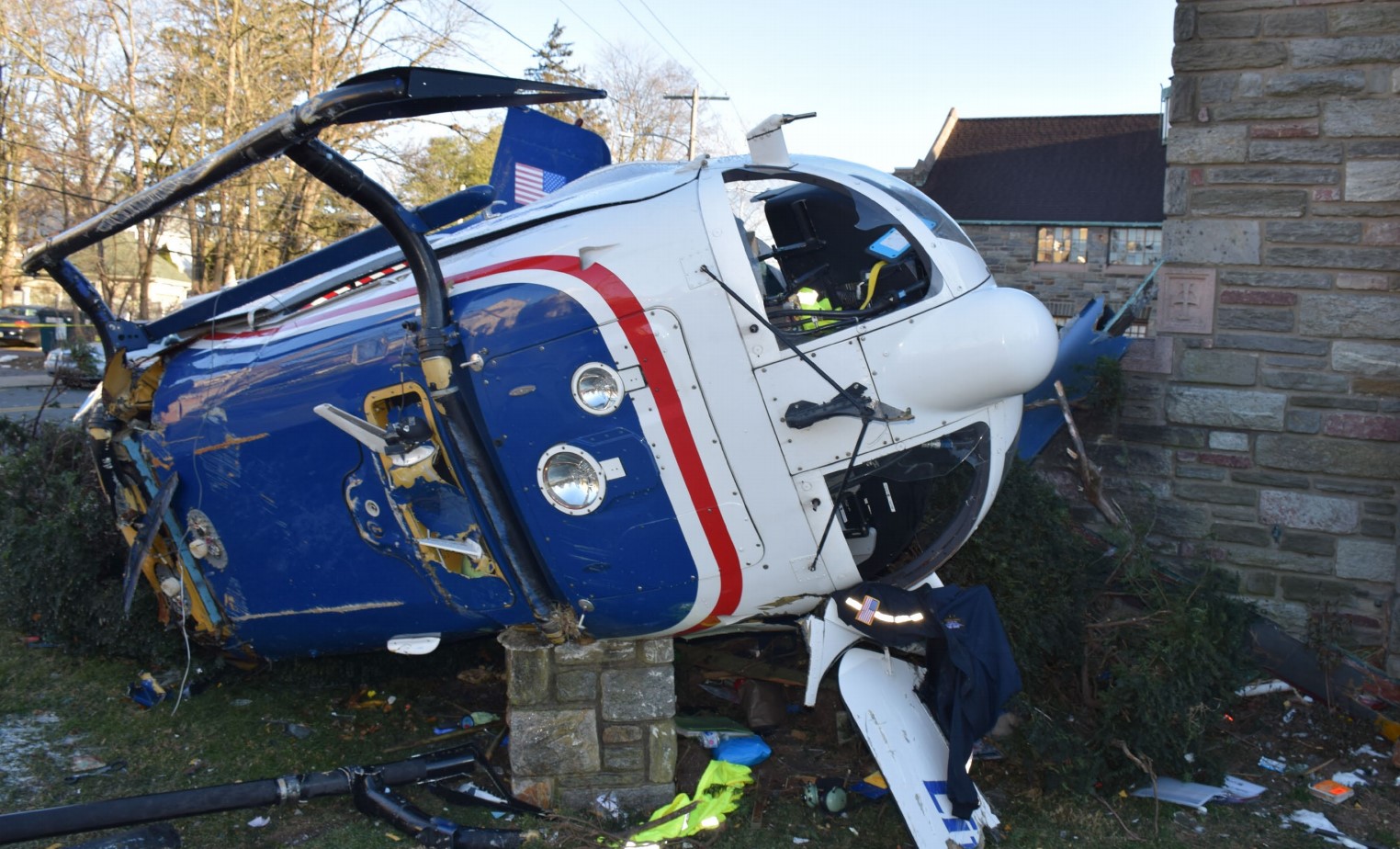8.0 Past Relevant Occurrence
On November 28, 2011 at 1019 UTC, an EC135 P2+ helicopter, registration
YR-CPC, was involved in an inflight upset near Niculești commune in Romania. The
Romanian Civil Aviation Safety Investigation Commission (CIAS) investigated this
occurrence.39 The helicopter was not equipped with a FDR or a CVR.
According to the pilot of the occurrence, during cruise flight at an altitude of
3,000 feet and speed of 120 knots, the helicopter had a sudden and violent yaw to
the right, followed by a nose down dive with a right roll. The pilot recalled the altitude
hold and heading hold modes of the autopilot were active prior to the inflight upset,
he was flying with his hand on the cyclic control due to reported turbulence in the
area, and had no unusual cockpit indications prior to the inflight upset. During the
inflight upset, the pilot stated he disconnected the autopilot upper modes and
regained control of the flight after an altitude loss of about 1,500-2,000 feet. After the





